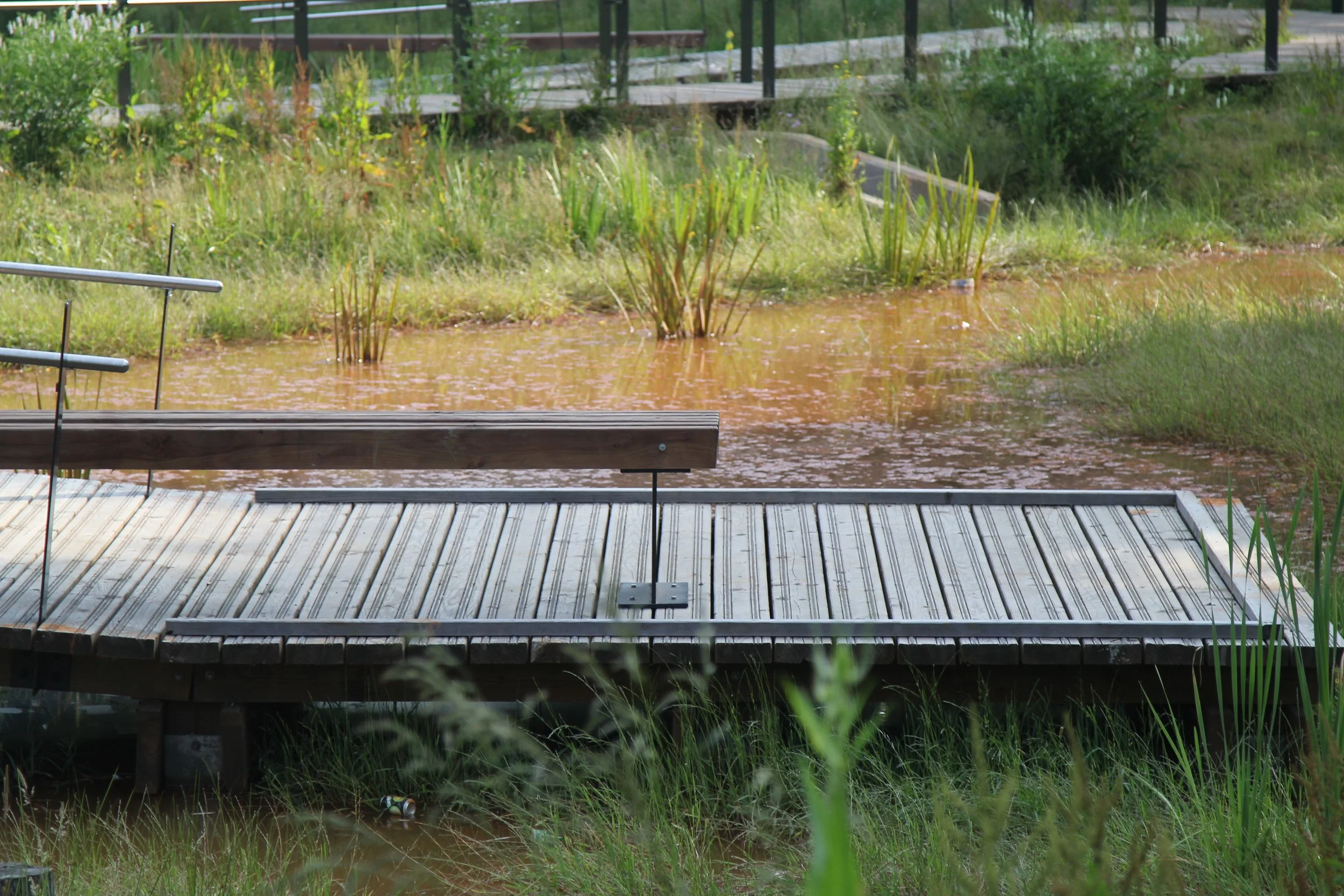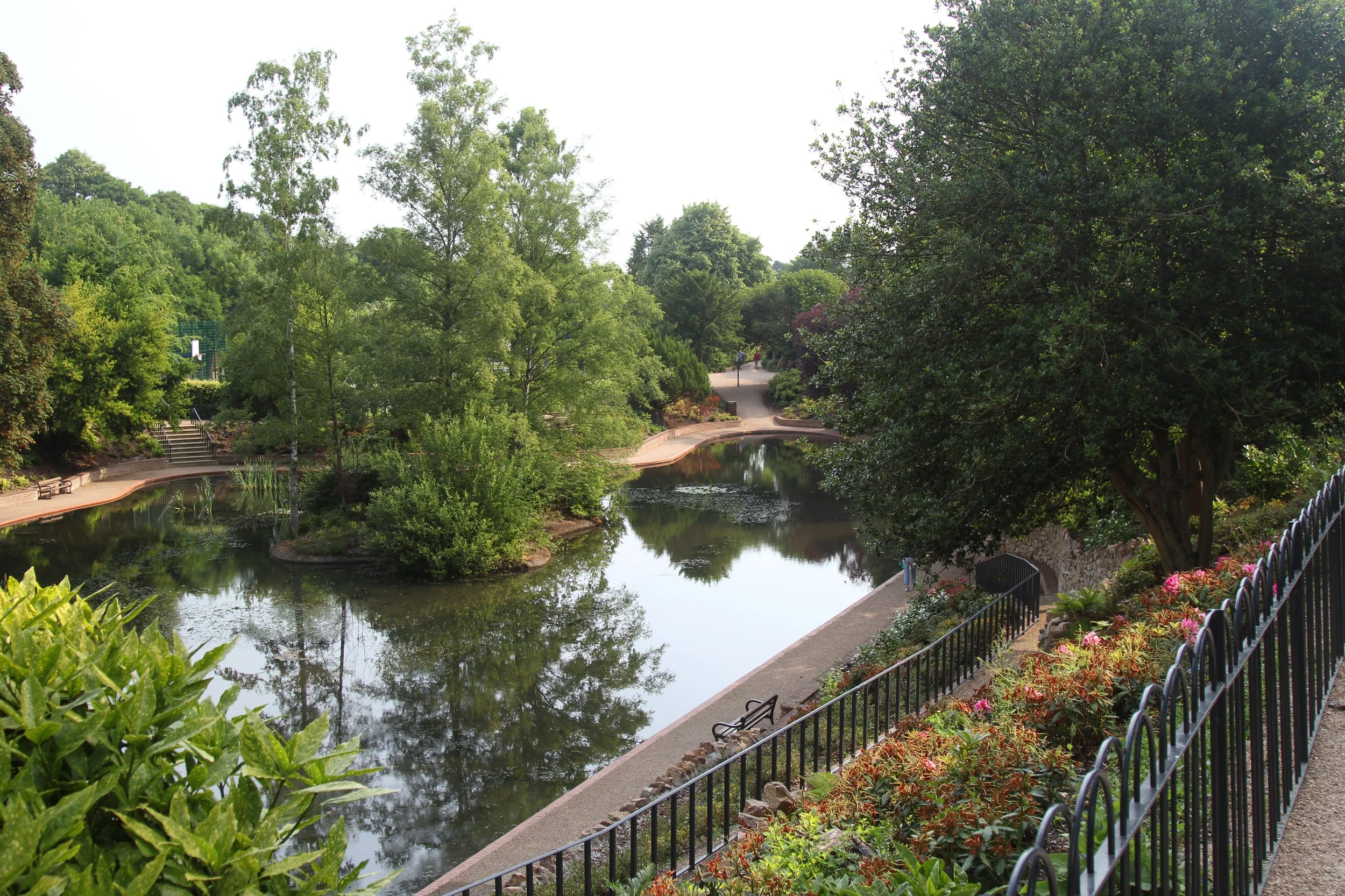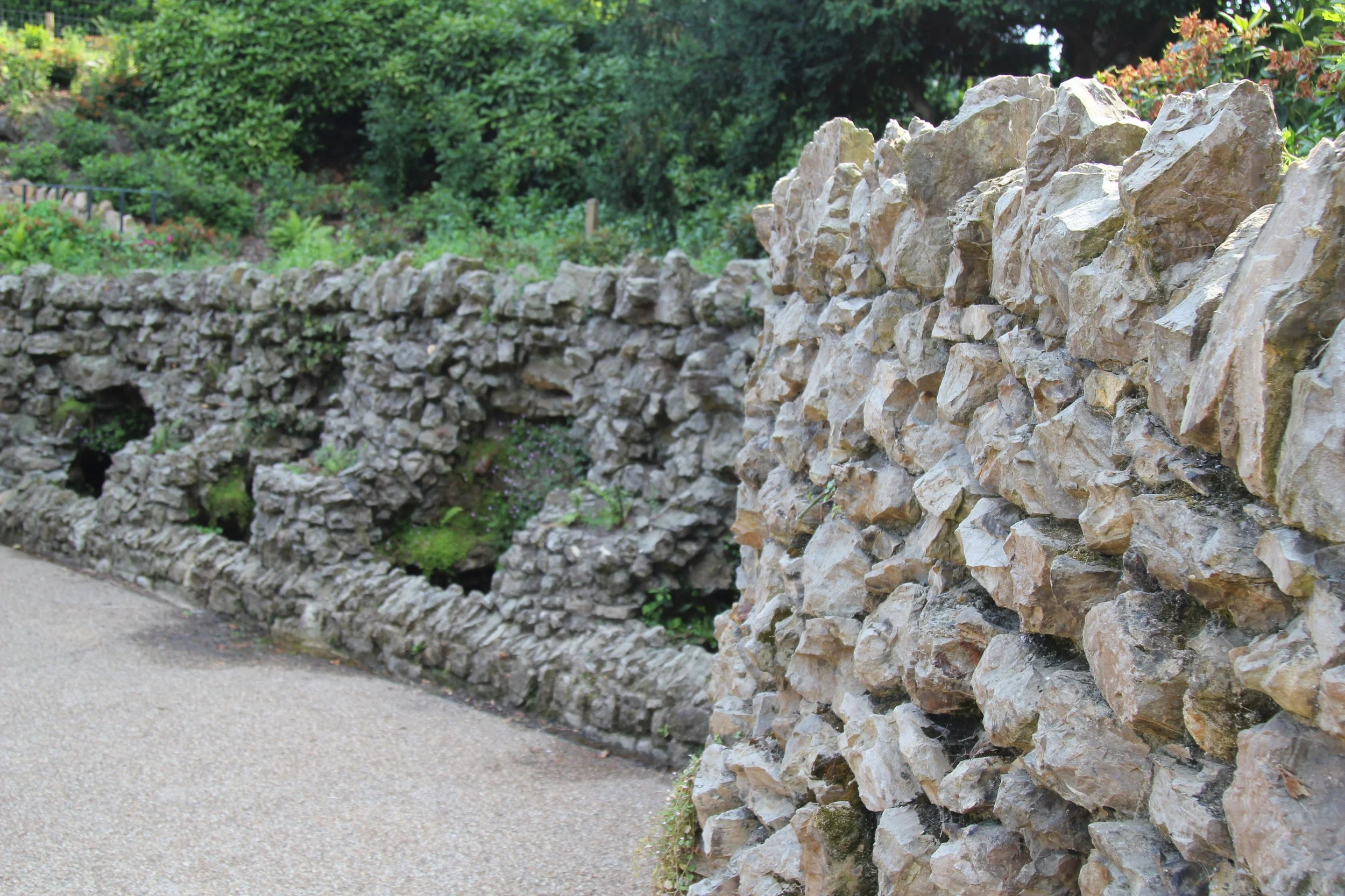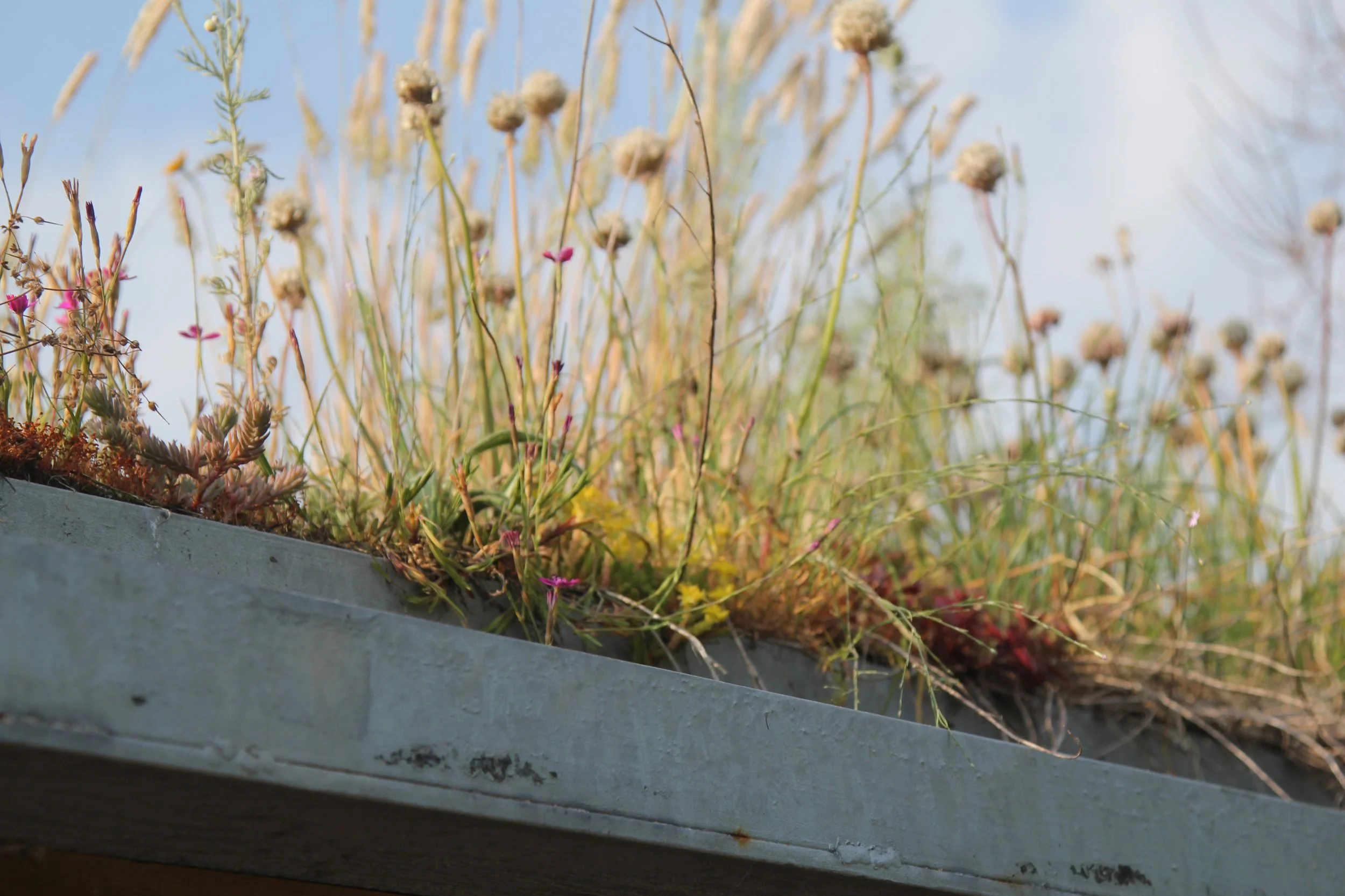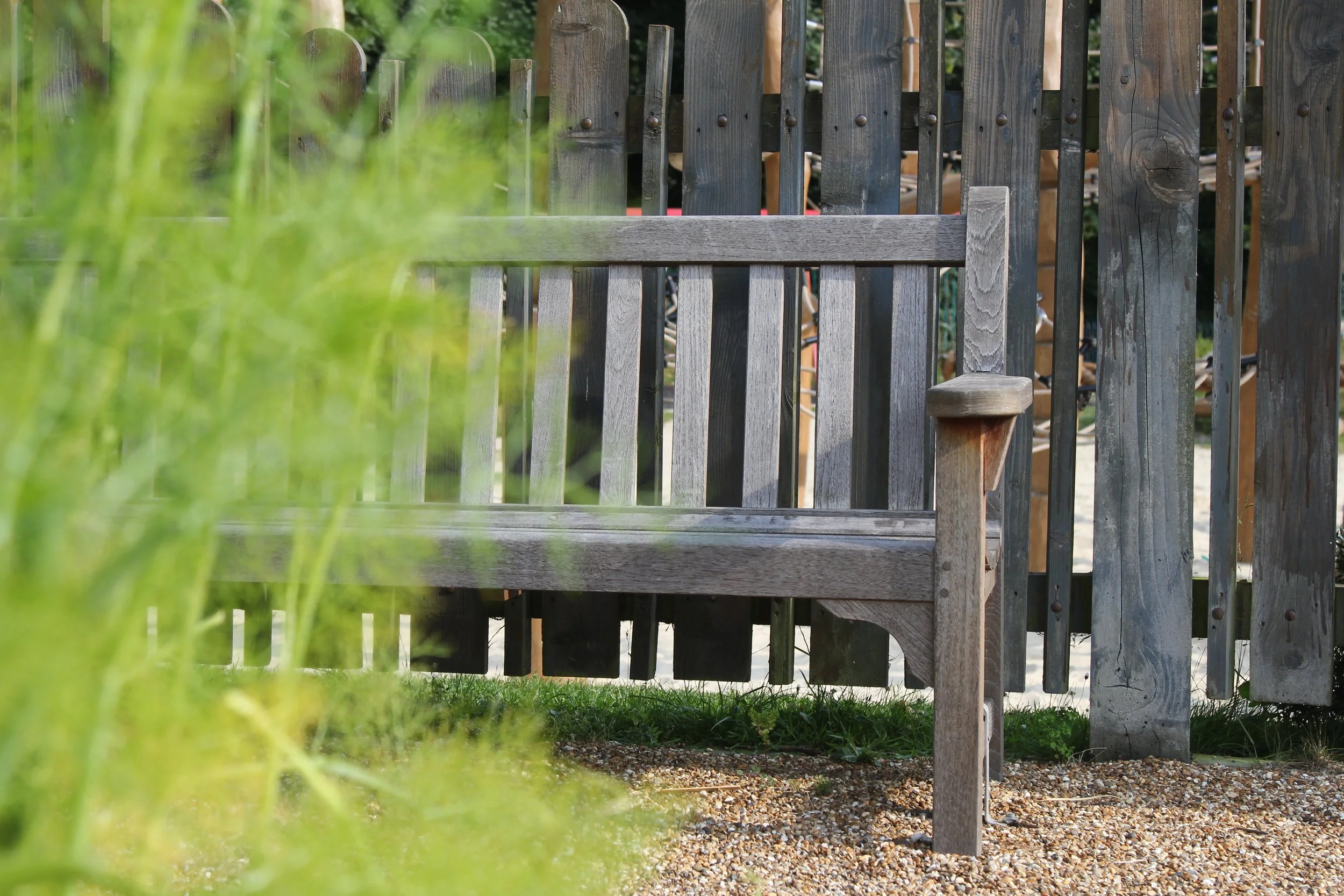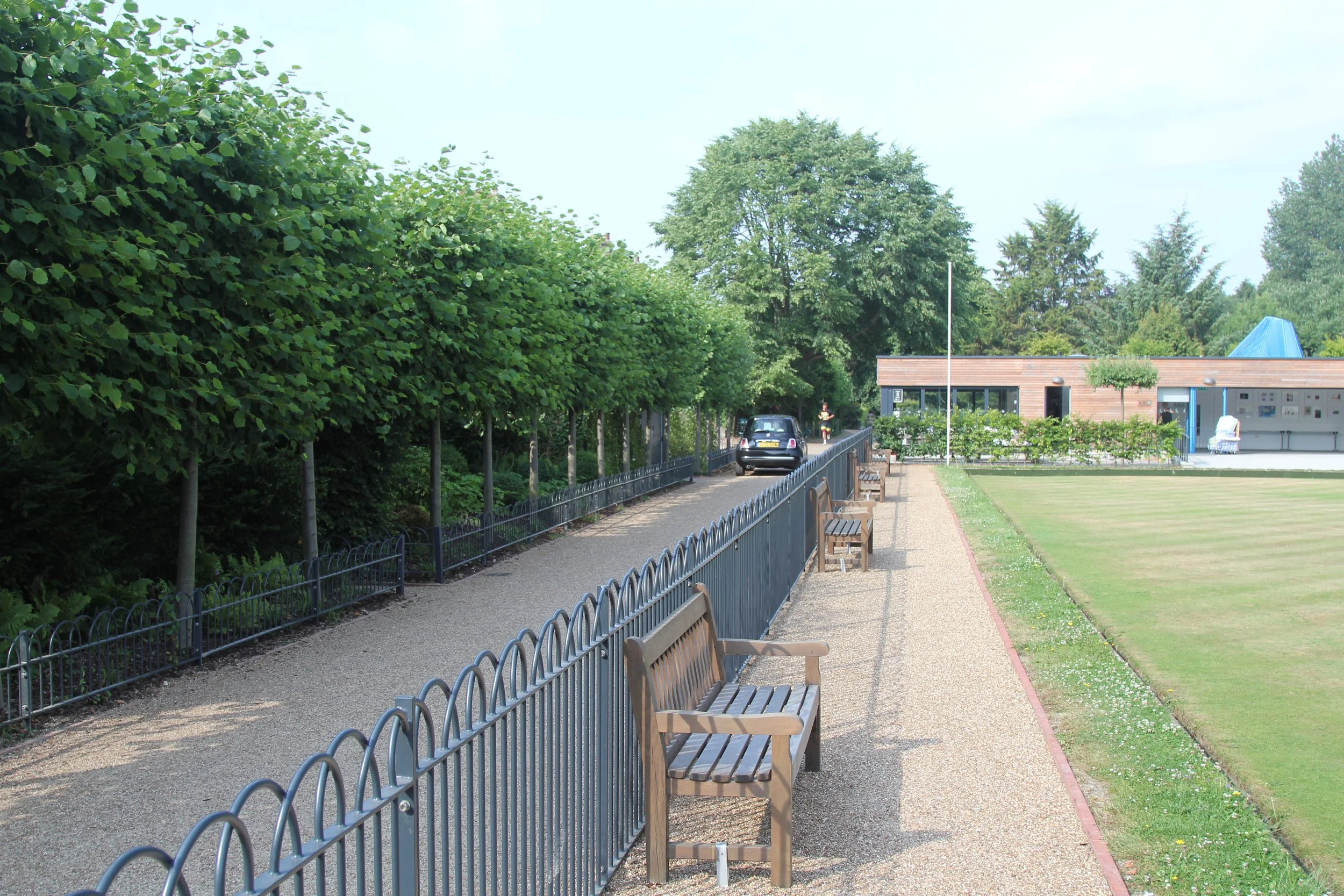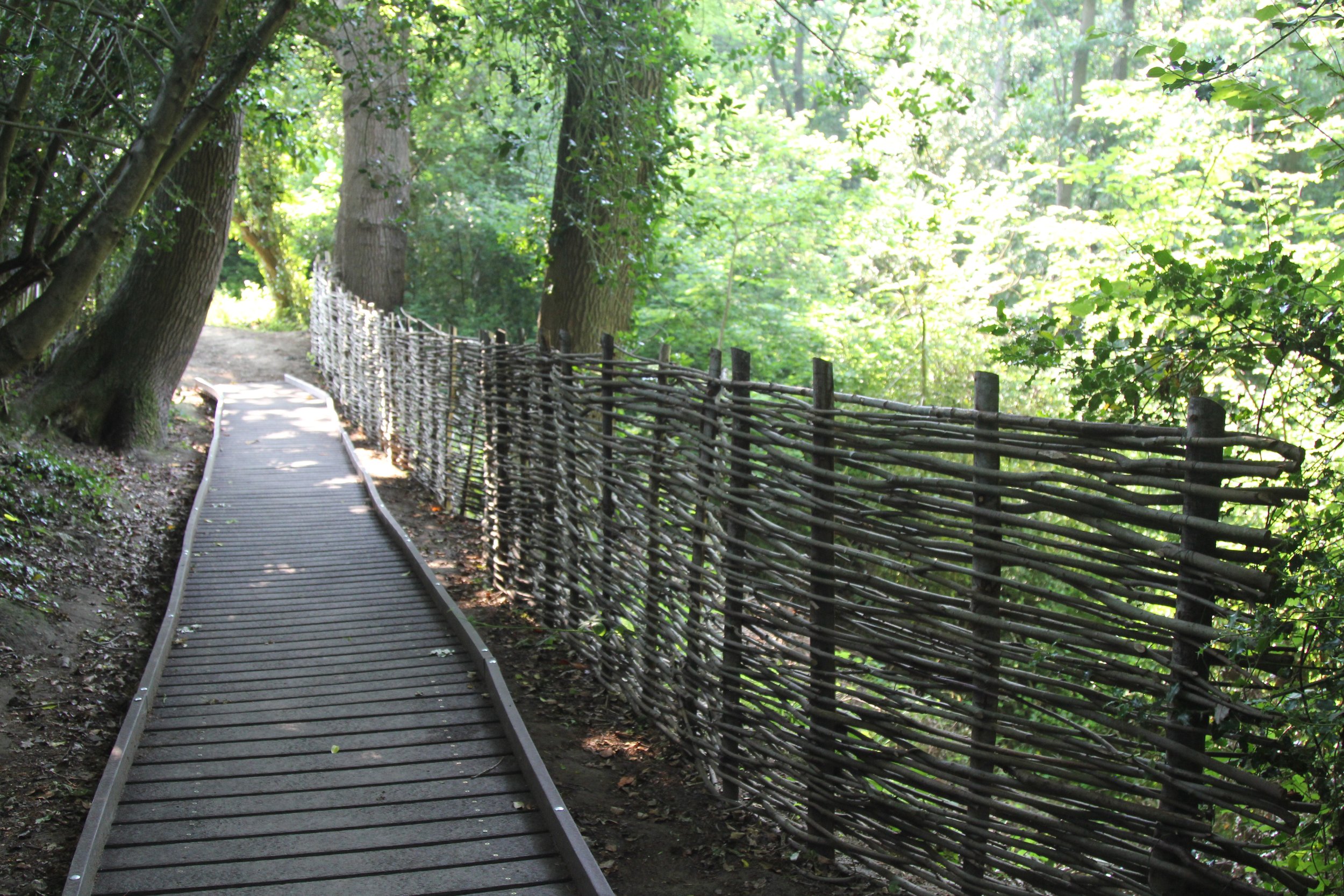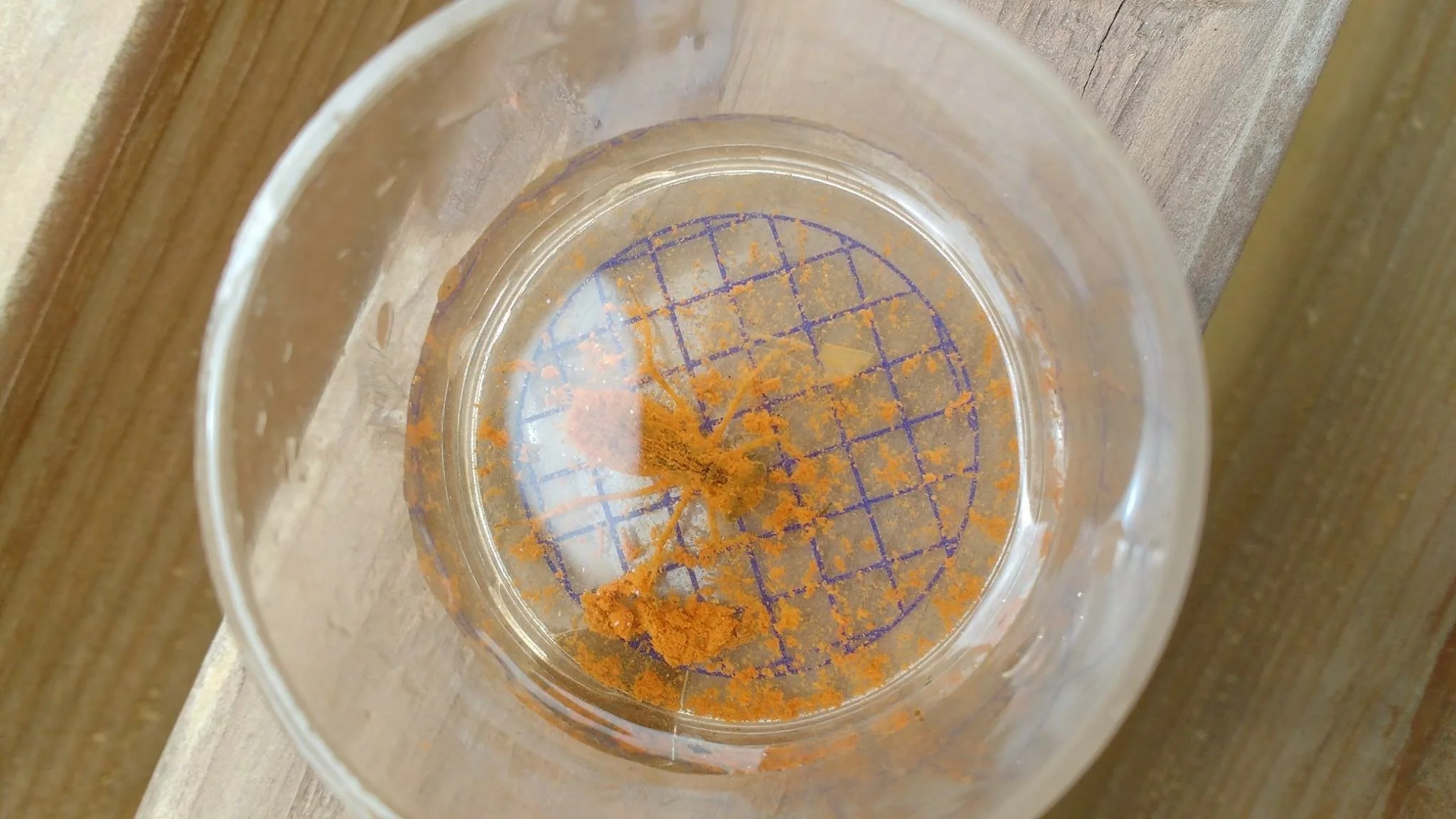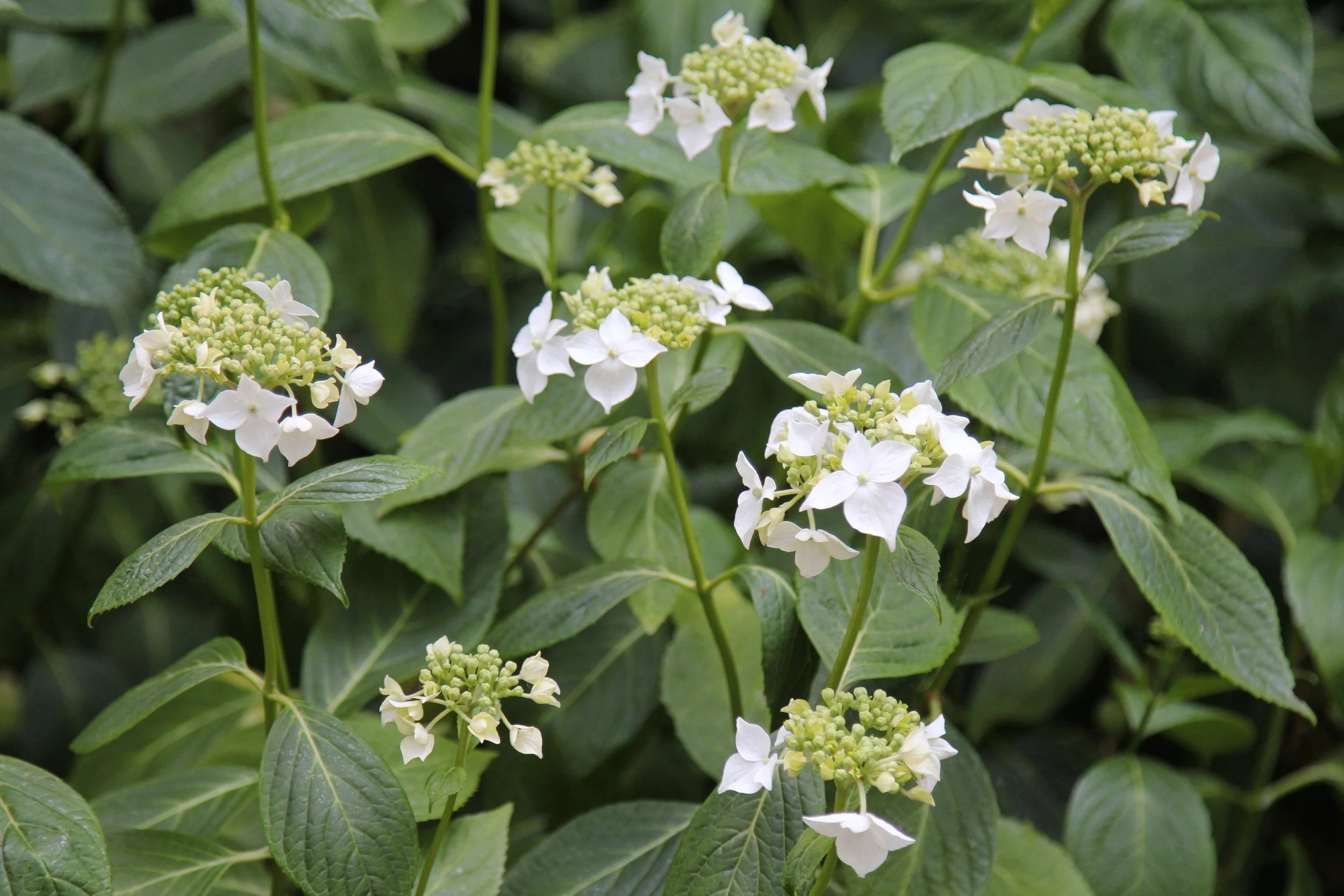Grosvenor & Hilbert Park
Allen Scott was appointed to lead a multidisciplinary team and prepare feasibility studies and masterplan in support of a National Lottery Heritage Fund Round 2 application. After securing NLHF’s Development Phase Grant, Allen Scott were reappointed to oversee the detailed design and construction as Design Lead and Contract Administrator.
The project focused on revitalising the park, including refurbishing a rundown bowling pavilion into a functional café pavilion with community space and upgraded public facilities. Other improvements comprised a new play area, community orchard, restoration of the park’s historic lake and creation of a new wetland area.
The outcome is a vibrant and much-loved park, offering improved access, biodiversity, climate resilience and a range of volunteer and school activities. The park was highly commended at the BALI Awards and received the RHS Parks & Green Spaces Award. Overall, the project’s impact extends beyond physical enhancements, positively influencing the social and economic fabric of the surrounding community.
Client: Tunbridge Wells Borough Council
Role: Lead Consultant + Contract Administrator
Value: £1.5m capital works
RIBA Stages: 1-6
Partners: Huntley Cartwright / Kaner Olette / Crofton Engineering
Awards: BALI / RHS / Green Flag
Key Elements: lake restoration / planting design / signage / wetlands / SUDs / playground / access improvements / community hub / café
Grosvenor & Hilbert Park is a 13.6 hectare park at the heart of urban housing in Tunbridge Wells.
Formerly referred to as ‘The People’s Park’, it was the town’s first purpose-built park and designed by the nationally renowned Victorian landscape architect, Robert Marnock, in 1887.
As the town’s second largest public park, it’s known for its unique cultural, natural and built heritage, designed landscape, recreation and sports facilities, and large areas of woodland.
Since 2009, over 500 new dwellings, a residential care centre and several sheltered housing units have been built, and many of the dwellings within the catchment area are small Victorian terraced houses with tiny gardens or small flats with little or no outdoor space. For the 30,000 people living within the catchment area it’s the only park or sizeable green space for over 1km in any direction, and despite perceptions of affluence, Tunbridge Wells has pockets of high social and economic need in the surrounding areas, which feature in the 15% most deprived neighbourhood areas nationally.
The need for accessible and healthy green open space was profound.
In 2011 TWBC engaged Allen Scott to develop an innovative and people-orientated masterplan that would transform the park into a place for events and activity, preserving the local heritage, protecting its biodiversity and habitats, and becoming the new heart of the community.
The park is now a hive of activity and supports a range of health social events and green programmes to engage the local community, improve the wellbeing of local residents and ensure the park’s legacy.
The project:
Creates over 1,800 volunteer days.
Involves 300 volunteers.
Hosts over 700 workshops and events.
Provides green outdoor training to build and develop community capacity to help maintain the park.
Creates dedicated apprenticeships and opportunities for work-based learning.
Supports a range of healthy community activities, events and programmes for schools, businesses and groups.
Provides innovative and creative ways in which people can learn, discover and enjoy the park’s unique heritage and green space, including horticultural projects for the over-50s; conservation work to enhance and improve the woodland local nature reserve; and school group workshops and activities to learn about the site’s unique hydrology, habitats and species.
Plays a valuable role in reducing carbon dioxide.
Through the investment and commitment of the client, project team, stakeholders and volunteers, this once forgotten parkland is now a thriving local asset, defined by its vastly improved aesthetic, restored heritage, events and relaxing environment.
It embodies what is possible when ecology, heritage, sustainability and innovation intersect to create healthy, vibrant spaces to live, play and exercise, and that truly serve the local community.





